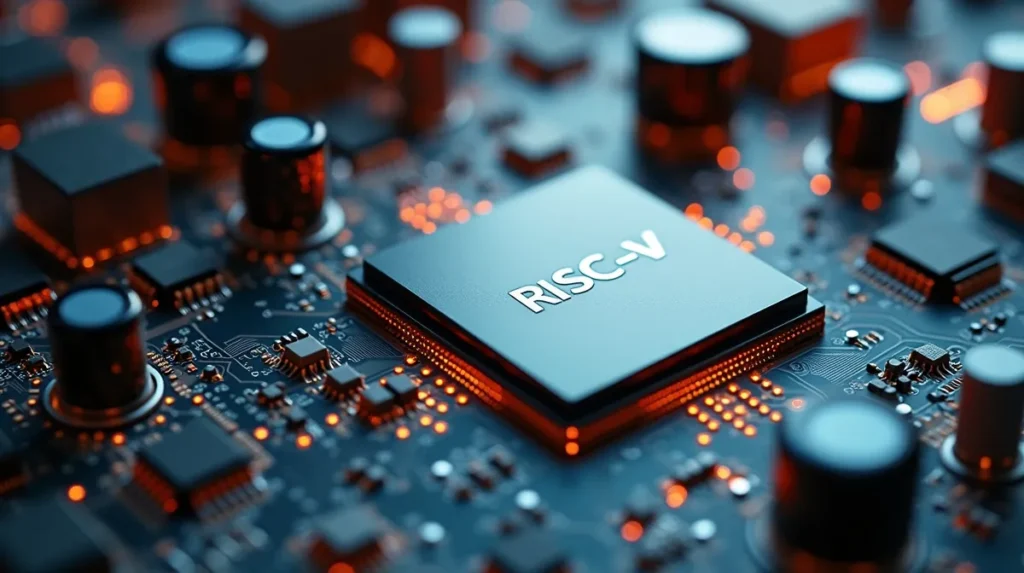How ARM Architecture Revolutionized the MCU and SoC World
The microcontroller and system-on-chip industry has undergone a remarkable transformation over the past few decades, with ARM (Advanced RISC Machines) architecture emerging as a dominant force that has fundamentally changed how we approach computing. From smartphones in our pockets to industrial automation systems, ARM’s influence extends across virtually every sector of technology. Let’s explore how this architecture revolutionized the microcontroller (MCU) and system-on-chip (SoC) landscape.

The Origins of ARM: A Brief History
ARM’s story begins in the 1980s at Acorn Computers, a British company seeking to develop its own processor for personal computers. The first ARM chip (ARM1) was designed in 1985, with the name initially standing for “Acorn RISC Machine.” The focus was clear from the beginning: create a processor based on Reduced Instruction Set Computing (RISC) principles to achieve greater efficiency than the Complex Instruction Set Computing (CISC) architectures that dominated the market.
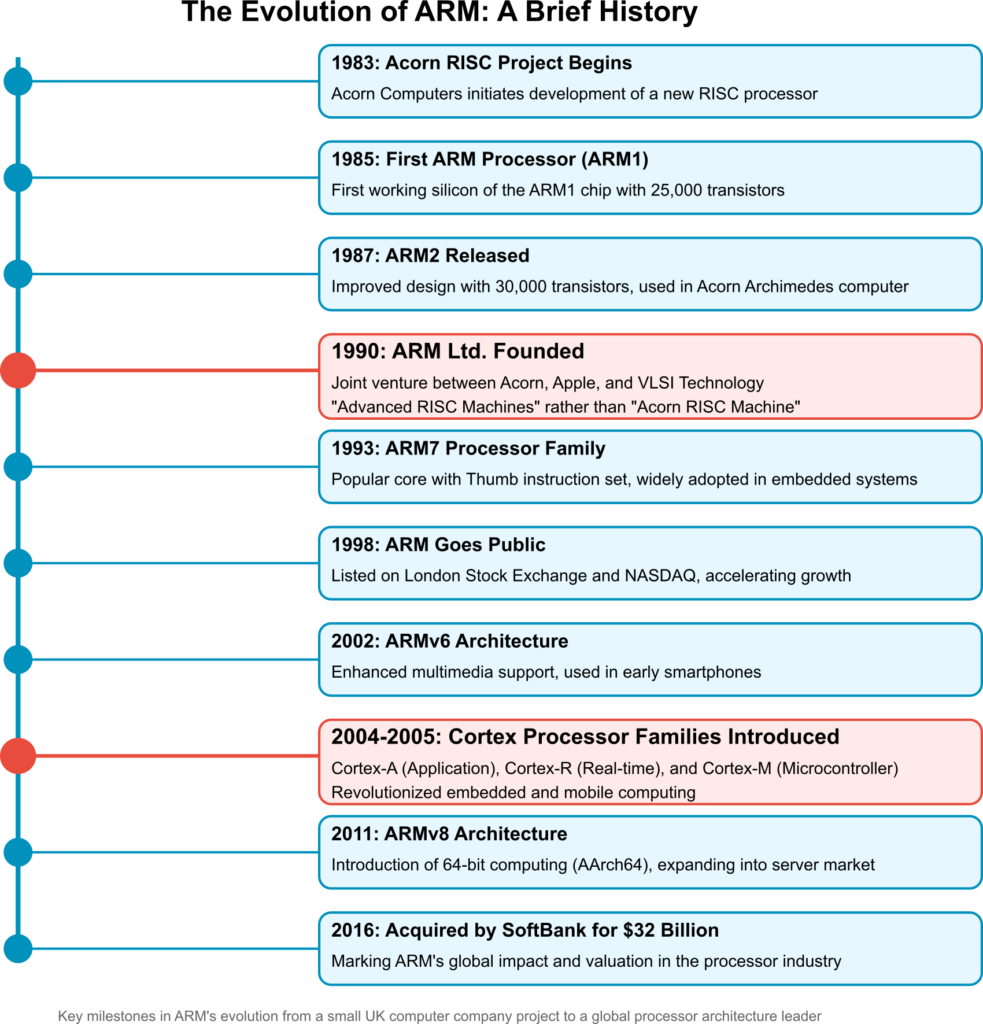
In 1990, Advanced RISC Machines Ltd. was formed as a joint venture between Acorn, Apple, and VLSI Technology, rebranding the architecture as “Advanced RISC Machines.” This partnership would prove pivotal in ARM’s journey toward becoming a global technology leader.
ARM architecture has evolved significantly since its inception, with each new generation introducing improvements in performance, efficiency, and features. As shown in the timeline above, ARM has developed several architecture families designed for different application segments:
ARMv7 and Its Profiles
ARMv7 introduced a profile-based approach that segmented the architecture into three distinct categories:
- ARMv7-A (Application): Designed for high-performance systems like smartphones and tablets, featuring virtual memory support and sophisticated processing capabilities.
- ARMv7-R (Real-time): Focused on systems requiring predictable, low-latency response times, such as automotive control systems and industrial automation.
- ARMv7-M (Microcontroller): Optimized for cost-sensitive microcontroller applications, emphasizing efficiency and small code size with the Thumb-2 instruction set.
The 64-bit Revolution: ARMv8 and Beyond
The introduction of ARMv8 in 2011 marked a major milestone with its support for 64-bit computing, enabling ARM to compete in markets previously dominated by x86 processors:
- AArch64: ARMv8’s 64-bit execution state, providing expanded addressing range and improved performance
- Maintained backward compatibility: Support for existing 32-bit applications through AArch32 execution state
- Enhanced security features: TrustZone technology for hardware-based security
RISC vs. CISC: The Fundamental Advantage
Key differences between ARM’s RISC approach and traditional CISC architectures
| Feature | RISC (ARM) | CISC (x86) |
|---|---|---|
| Instruction Complexity | Simple, uniform instructions | Complex, variable-length instructions |
| Execution Time | Most instructions complete in one cycle | Instructions may take multiple cycles |
| Instruction Set | Limited number of instructions | Large instruction set |
| Addressing Modes | Few addressing modes | Many addressing modes |
| Register Usage | Large register set, register-to-register operations | Smaller visible register set, memory-to-memory operations |
| Transistor Usage | More transistors for registers | More transistors for instruction decoding |
| Code Size | Typically larger code size | Generally more compact code |
| Power Efficiency | Highly power-efficient | Less power-efficient |
| Pipelining | Simpler, more efficient pipelining | Complex pipelining |
| Design Philosophy | Optimize for hardware simplicity | Optimize for code density |
The fundamental advantage of ARM architecture lies in its RISC foundation. Unlike the CISC approach used by x86 processors, ARM emphasizes simplicity and efficiency by using a streamlined instruction set where most instructions execute in a single clock cycle. This architectural choice resulted in processors that require fewer transistors, consume less power, and generate less heat—all while maintaining robust performance.
These attributes made ARM processors particularly well-suited for mobile and embedded applications where power consumption and thermal management are critical concerns. The above table highlights the key differences between RISC and CISC architectures that gave ARM its edge in these markets.
The ARM Business Model: Architecture Licensing
Perhaps just as revolutionary as ARM’s technical approach was its business model. Rather than manufacturing chips themselves, ARM focused on designing processor architectures and licensing the intellectual property to semiconductor companies worldwide. This approach allowed:

Multiple manufacturers to create customized ARM-based chips
Competition within the ecosystem to drive innovation
Widespread adoption across diverse applications
Lower barriers to entry for new manufacturers
How ARM Transformed the MCU Market

Before ARM’s entry, the microcontroller market was highly fragmented with numerous proprietary architectures requiring different tools and programming approaches. The introduction of the ARM Cortex-M series transformed this landscape by offering:
Standardized Architecture
The Cortex-M series provided a unified architecture that maintained software compatibility across different manufacturers, allowing developers to transfer skills and code between platforms. This standardization created economies of scale in software tools, training, and expertise.
Scalable Performance
Features and capabilities across the Cortex-M family of microcontrollers
Scroll horizontally to see the complete table
| Feature | Cortex-M0/M0+ | Cortex-M3 | Cortex-M4 | Cortex-M7 | Cortex-M33 | Cortex-M55 |
|---|---|---|---|---|---|---|
| Architecture | ARMv6-M | ARMv7-M | ARMv7E-M | ARMv7E-M | ARMv8-M | ARMv8.1-M |
| Pipeline | 2-stage | 3-stage | 3-stage | 6-stage | 3-stage | 4/5-stage |
| Performance | 0.9 DMIPS/MHz | 1.25 DMIPS/MHz | 1.25 DMIPS/MHz | 2.14 DMIPS/MHz | 1.5 DMIPS/MHz | 1.69 DMIPS/MHz |
| DSP Extensions | No | No | Yes | Yes | Optional | Yes |
| FPU | No | No | Optional | Optional DP | Optional | Optional |
| Memory Protection | Optional | Yes | Yes | Yes | Yes | Yes |
| TrustZone Security | No | No | No | No | Yes | Yes |
| ML Acceleration | No | No | No | No | No | Yes (Helium) |
| Typical Applications | Cost-sensitive IoT, sensors | General embedded, industrial | Signal processing, motor control | High-performance embedded | Secure IoT, industrial | ML-enabled IoT |
| Relative Power Efficiency | Highest | High | Medium-High | Medium | High | Medium-High |
| Typical Clock Frequency | 50-100 MHz | 100-200 MHz | 100-200 MHz | 200-600 MHz | 100-200 MHz | 150-300 MHz |
The Cortex-M family offers a range of performance options from the ultra-efficient M0+ for power-constrained applications to the high-performance M7 for demanding embedded systems. This scalability allows developers to choose the right performance level while maintaining software compatibility.
Energy Efficiency
ARM’s focus on efficiency translated directly to the MCU market, enabling battery-powered devices with substantially longer operating times. The minimal power requirements of Cortex-M processors, particularly the M0+ variant optimized for energy efficiency, revolutionized what was possible in portable and IoT devices.
Robust Ecosystem
The widespread adoption of ARM cores in MCUs created a robust ecosystem of development tools, compilers, operating systems, and middleware. This comprehensive support system reduced development time and costs significantly compared to proprietary architectures.
The Revolution of System-on-Chip Design
ARM’s impact on the System-on-Chip (SoC) world has been perhaps even more profound, completely transforming how integrated circuits are designed and implemented:
Integration of Multiple Components
ARM‘s architecture facilitated the rapid development of highly integrated SoCs that combine CPU cores, graphics processors, memory controllers, and various specialized accelerators on a single die. This level of integration, as illustrated in the diagram above, has become the standard approach for virtually all mobile and many embedded devices.
Mobile SoC Revolution
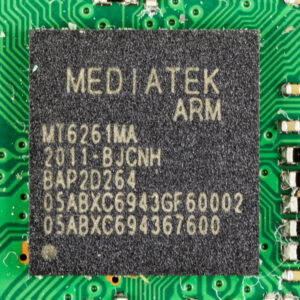
The smartphone revolution would have been impossible without ARM-based SoCs. Companies like Qualcomm, Apple, Samsung, and MediaTek built increasingly sophisticated systems around ARM cores, enabling the development of powerful mobile devices with long battery life. Today, over 95% of smartphones worldwide run on ARM-based SoCs.
Big.LITTLE and Heterogeneous Computing
ARM pioneered the concept of heterogeneous computing with its big.LITTLE architecture (now evolved into DynamIQ technology), which combines high-performance cores with energy-efficient ones. This approach allows systems to dynamically allocate tasks to the appropriate cores, optimizing both performance and power consumption.
Specialized Processing Units
Modern ARM-based SoCs typically include various specialized processing units alongside traditional CPU cores:
- Graphics Processing Units (GPUs): ARM’s Mali series or licensed third-party graphics like PowerVR
- Digital Signal Processors (DSPs): For efficient audio, video, and sensor data processing
- Neural Processing Units (NPUs): For accelerating machine learning workloads
- Image Signal Processors (ISPs): For camera data processing
- Security processors: For secure boot, encryption, and secure payment implementations
This heterogeneous approach provides far greater efficiency than using general-purpose processors for all tasks.
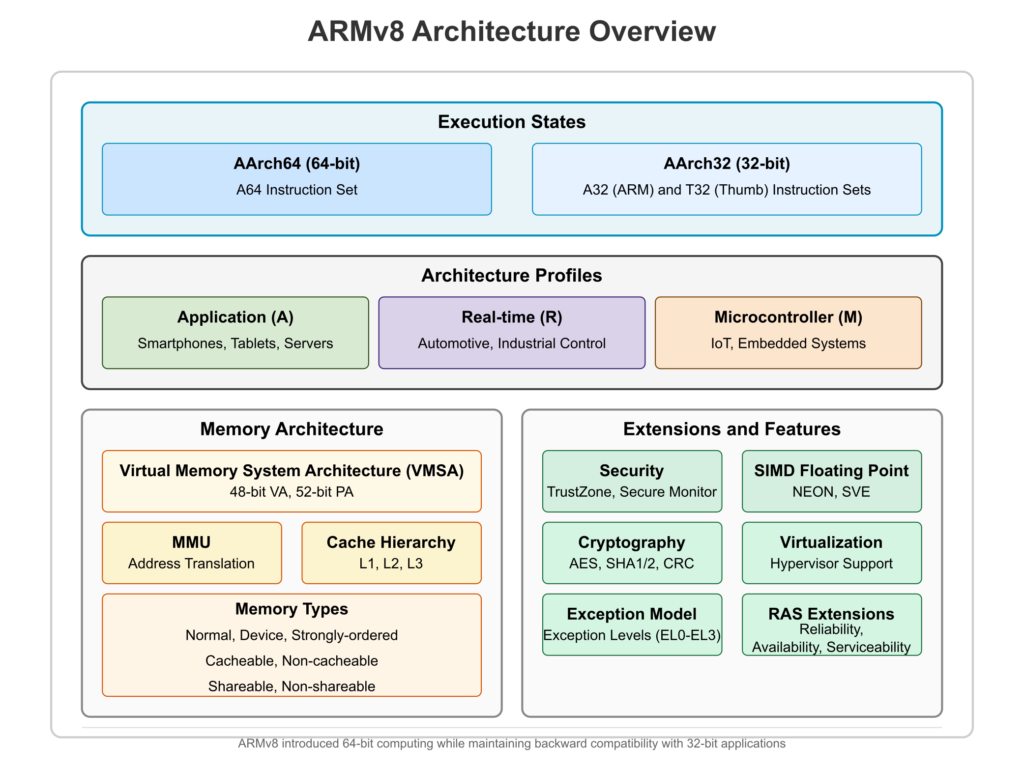
ARM in Consumer Electronics and IoT
ARM’s impact on the consumer electronics and Internet of Things sectors has been particularly profound:
graph TD
A[Traditional Computing] --> ARM[ARM Architecture]
B[Mobile Computing] --> ARM
C[IoT/Embedded] --> ARM
D[Edge Computing] --> ARM
E[Specialized Computing] --> ARM
ARM --> F[Unified Software Ecosystem]
ARM --> G[Common Instruction Set]
ARM --> H[Scalable Performance]
ARM --> I[Shared Security Models]
F --> J[Reduced Development Costs]
G --> K[Code Portability]
H --> L[Deployment Flexibility]
I --> M[Consistent Security]
J --> N[Accelerated Innovation]
K --> N
L --> N
M --> N
style ARM fill:#b3e0ff,stroke:#0066cc,stroke-width:2px
style N fill:#d9f2d9,stroke:#007700,stroke-width:2pxSmartphones and Tablets
Wearable Technology
Smart Home Devices
Industrial IoT
Future Trends in ARM-based MCUs and SoCs
Looking ahead, several key trends are shaping the future of ARM-based MCUs and SoCs:
Edge AI Acceleration
ARM’s newer cores, like the Cortex-M55 with Helium extensions and the Ethos NPU series, are specifically designed to accelerate machine learning workloads at the edge. This enables sophisticated AI capabilities in power-constrained devices without requiring cloud connectivity.
Advanced Security Features
Security is increasingly critical for connected devices. ARM’s TrustZone technology, expanded in ARMv8-M to cover microcontrollers, provides hardware-isolated secure environments for protecting sensitive operations and data. Future implementations will likely strengthen these security measures further.
Open Ecosystem Competition
The rise of the open-source RISC-V architecture presents both a challenge and validation of ARM’s approach. While RISC-V offers an alternative that avoids licensing fees, its emergence confirms the industry’s shift toward RISC principles pioneered by ARM. This competition may drive further innovation in the ARM ecosystem.
Specialized Domain-Specific Architectures
ARM’s architecture increasingly serves as the foundation for highly specialized systems targeting specific application domains. Whether for automotive, industrial, or consumer applications, SoC designers are integrating more domain-specific accelerators alongside ARM CPU cores to maximize efficiency.
High-Performance Computing
Security is increasingly critical for connected devices. ARM’s TrustZone technology, expanded in ARMv8-M to cover microcontrollers, provides hardware-isolated secure environments for protecting sensitive operations and data. Future implementations will likely strengthen these security measures further.
Key Industry Applications
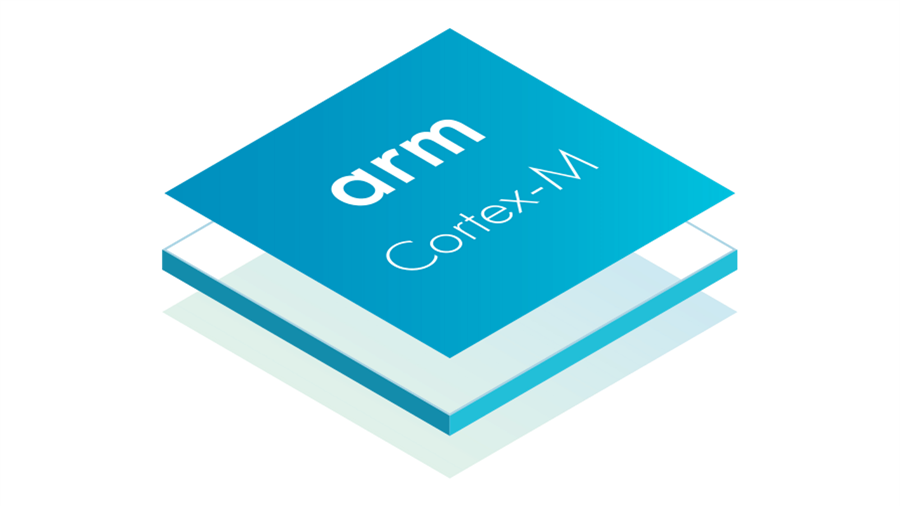
ARM’s impact varies across industry sectors, with specific implications for each:

Automotive Electronics
Modern vehicles contain dozens of microcontrollers and increasingly powerful SoCs, with ARM designs dominating systems from engine control to advanced driver assistance. The architecture’s combination of real-time capabilities, security features, and performance scalability makes it ideal for automotive applications, where requirements range from simple sensor interfaces to complex infotainment systems.

Medical Devices
Medical equipment manufacturers increasingly adopt ARM-based solutions for applications ranging from patient monitors to advanced diagnostic equipment. The architecture’s combination of power efficiency (for portable devices) and performance (for imaging and analysis) makes it well-suited to healthcare applications.

Industrial Automation
Factory automation systems benefit from ARM’s deterministic performance, extensive I/O options, and robust security. ARM-based solutions control everything from individual sensors and actuators to complex manufacturing systems, offering the reliability and longevity required in industrial environments.

Consumer Electronics
From smart TVs to digital cameras and gaming consoles, ARM processors power diverse consumer devices. The architecture offers the performance needed for modern interfaces and connected features while maintaining reasonable power consumption and thermal characteristics.
Conclusion
ARM architecture represents one of the most successful technological revolutions in computing history. By fundamentally rethinking processor design with an emphasis on efficiency and scalability, ARM has transformed the MCU and SoC landscape across virtually every industry sector. From tiny microcontrollers in IoT sensors to sophisticated multi-core SoCs in smartphones and servers, ARM’s influence continues to expand.
The key factors behind this success—a focus on energy efficiency, a flexible licensing model, standardization with room for customization, and continuous architectural evolution—have positioned ARM to remain at the forefront of computing innovation for decades to come. As computing increasingly moves toward specialized, heterogeneous designs optimized for specific workloads, ARM’s adaptable approach appears particularly well-suited for future challenges.
Companies like NeoMikro are at the cutting edge of this revolution, leveraging ARM’s architecture to deliver innovative electronic solutions across domains. NeoMikro’s expertise in ARM-based hardware design, firmware development, and wireless connectivity integration exemplifies how the ARM ecosystem enables specialized engineering firms to transform conceptual ideas into market-ready products. Their work with Cortex-M microcontrollers and advanced ARM-based SoCs for IoT applications, industrial automation, and embedded systems demonstrates the architecture’s versatility and continued relevance.
Whether in the continued evolution of edge computing, the expansion of artificial intelligence into everyday devices, or the ongoing transformation of traditional computing segments, ARM architecture has permanently changed how we design, develop, and deploy embedded systems across every scale and application. Companies like NeoMikro will continue to play a crucial role in bringing these technological advantages to diverse industries worldwide.

